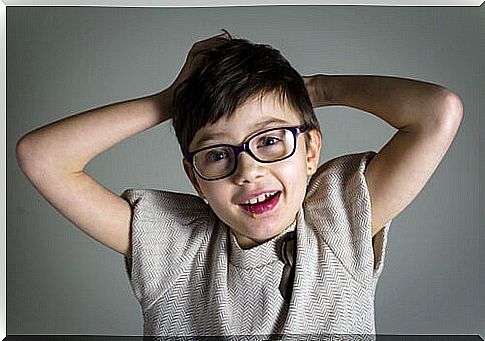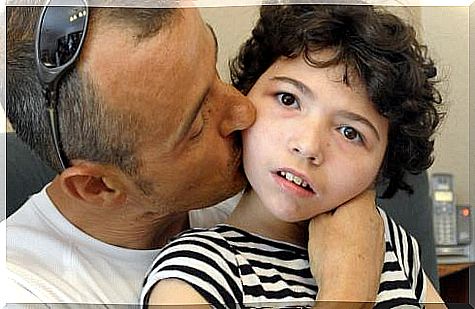Rett Syndrome

In the great picture of diseases that affect the human being, there is a category that is that of rare diseases. They are those that have a low incidence, that is, they affect five or less out of every 10,000 people. One of these diseases is Rett syndrome.
Handwashing syndrome
Rett syndrome is a genetic disorder that affects the nervous system, known to some as the “handwashing” disease. This name is so because many of those who suffer from it perform a repetitive movement such as that done when washing their hands.
As with most rare diseases, the diagnosis can come late. Treatment is therefore delayed because it can be mistaken for autism, developmental delay, or cerebral palsy.
Rett syndrome generally affects girls, as it is caused by a gene found on the X chromosome. When it occurs in boys, the most common is that they die within a few days of birth. The Austrian doctor Andreas Rett described this pathology after studying 22 girls who presented the handwashing movement.

Symptoms of Rett syndrome
During their first months of life, babies seem to have no abnormalities. After six months they may have delayed development and loss of skills already learned.
Girls with Rett syndrome have low muscle tone and poor eye contact. They have a delay in learning to speak. They also have the symptom Dr. Rett observed: the handwashing motion. They may have seizures and abnormal breathing rhythm after waking up.
There is also a delay in the growth of the head and decreased motor functions. There is irritability, uncontrolled crying, and excessive salivation. They have abnormal sleep patterns. They may also have a heart rhythm disturbance.
Due to the alteration of the autonomic nervous system, girls with Rett syndrome have problems chewing, swallowing and digesting food. They may grind their teeth and involuntarily move their tongue. They also suffer from stomach pain, constipation, gallstones, and gastroesophageal reflux.
Three out of four girls with the syndrome may have spinal deviations. When they walk, they do so stiff and unsteady, most often with the tips of their fingers. Due to problems in the circulatory system, the hands and legs can become cold and bluish.
How Rett Syndrome Is Treated
Because it is a disease that has no cure, treatment is aimed at coping with the symptoms. It is a progressive disease, it gets worse over the years. Treatment aims to improve the quality of life of the person suffering from the syndrome.
Treatment must be multidisciplinary, since the symptoms affect various body systems. Neurologists, pediatricians, psychologists, speech therapists, physiotherapists, among others, must participate.
Care for Rett syndrome requires both medication and therapy. Treatment, among other things, is aimed at reducing motor difficulties and alleviating muscle stiffness. It also seeks to overcome communication problems as much as possible and relieve anxiety.

Image courtesy of: CatalunyaPress.
The use of some medications such as L-dopa, bromocriptine and naltrexone have yielded some positive results. They have improved reflux, anxiety, irritability, hand movements and breathing disorders.
The results of medication in this condition are not permanent. Complications must constantly be tackled throughout the life of patients. The use of antacids, laxatives, antiepileptics, antiarrhythmics, calcium, vitamin D, among others, is a constant.
Diet is also important in children with Rett syndrome. High calorie and high fat diets may be required to overcome weight and height problems. In certain cases it is necessary to go to surgery to correct problems derived from scoliosis and gastroesophageal reflux.
Expectations with Rett syndrome
The life expectancy of people with this pathology averages between 40 and 50 years. Research on the syndrome continues. These are basically directed to the development of therapies that improve certain symptoms and towards the improvement of diagnostic methods.










